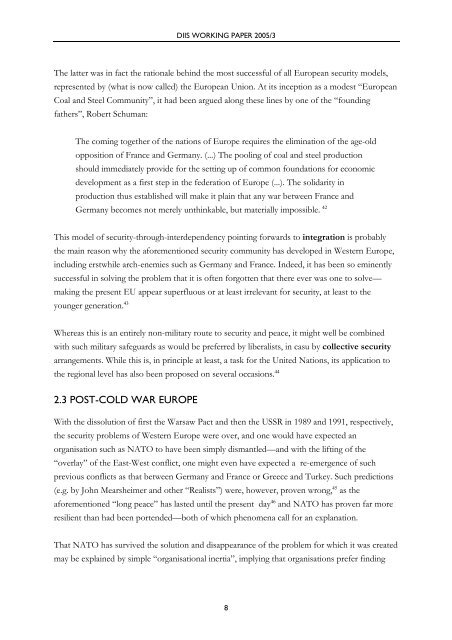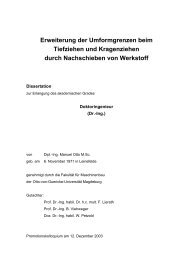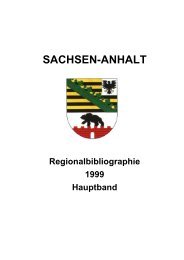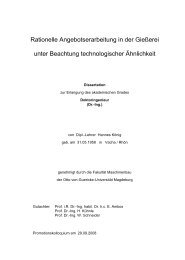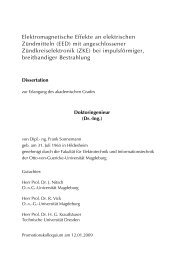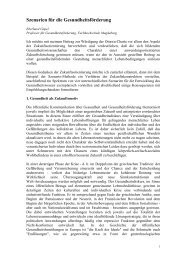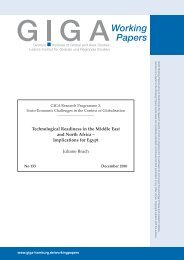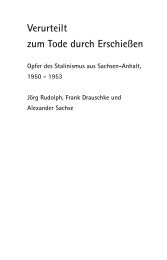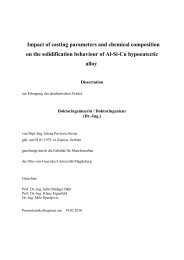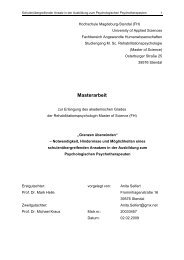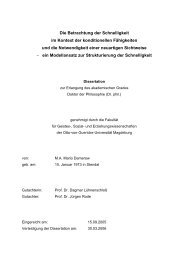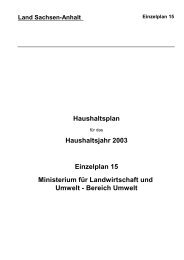DANISH INSTITUTE FOR INTERNATIONAL STUDIES ...
DANISH INSTITUTE FOR INTERNATIONAL STUDIES ...
DANISH INSTITUTE FOR INTERNATIONAL STUDIES ...
You also want an ePaper? Increase the reach of your titles
YUMPU automatically turns print PDFs into web optimized ePapers that Google loves.
DIIS WORKING PAPER 2005/3<br />
The latter was in fact the rationale behind the most successful of all European security models,<br />
represented by (what is now called) the European Union. At its inception as a modest “European<br />
Coal and Steel Community”, it had been argued along these lines by one of the “founding<br />
fathers”, Robert Schuman:<br />
The coming together of the nations of Europe requires the elimination of the age-old<br />
opposition of France and Germany. (...) The pooling of coal and steel production<br />
should immediately provide for the setting up of common foundations for economic<br />
development as a first step in the federation of Europe (...). The solidarity in<br />
production thus established will make it plain that any war between France and<br />
Germany becomes not merely unthinkable, but materially impossible. 42<br />
This model of security-through-interdependency pointing forwards to integration is probably<br />
the main reason why the aforementioned security community has developed in Western Europe,<br />
including erstwhile arch-enemies such as Germany and France. Indeed, it has been so eminently<br />
successful in solving the problem that it is often forgotten that there ever was one to solve—<br />
making the present EU appear superfluous or at least irrelevant for security, at least to the<br />
younger generation. 43<br />
Whereas this is an entirely non-military route to security and peace, it might well be combined<br />
with such military safeguards as would be preferred by liberalists, in casu by collective security<br />
arrangements. While this is, in principle at least, a task for the United Nations, its application to<br />
the regional level has also been proposed on several occasions. 44<br />
2.3 POST-COLD WAR EUROPE<br />
With the dissolution of first the Warsaw Pact and then the USSR in 1989 and 1991, respectively,<br />
the security problems of Western Europe were over, and one would have expected an<br />
organisation such as NATO to have been simply dismantled—and with the lifting of the<br />
“overlay” of the East-West conflict, one might even have expected a re-emergence of such<br />
previous conflicts as that between Germany and France or Greece and Turkey. Such predictions<br />
(e.g. by John Mearsheimer and other “Realists”) were, however, proven wrong, 45 as the<br />
aforementioned “long peace” has lasted until the present day 46 and NATO has proven far more<br />
resilient than had been portended—both of which phenomena call for an explanation.<br />
That NATO has survived the solution and disappearance of the problem for which it was created<br />
may be explained by simple “organisational inertia”, implying that organisations prefer finding<br />
8


